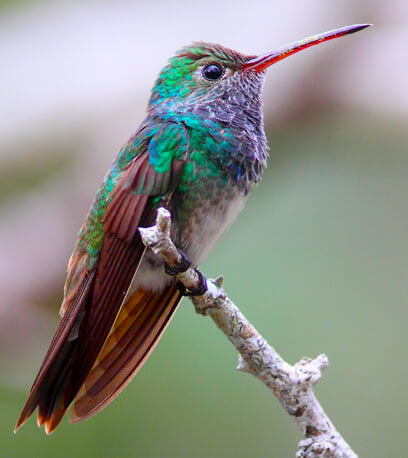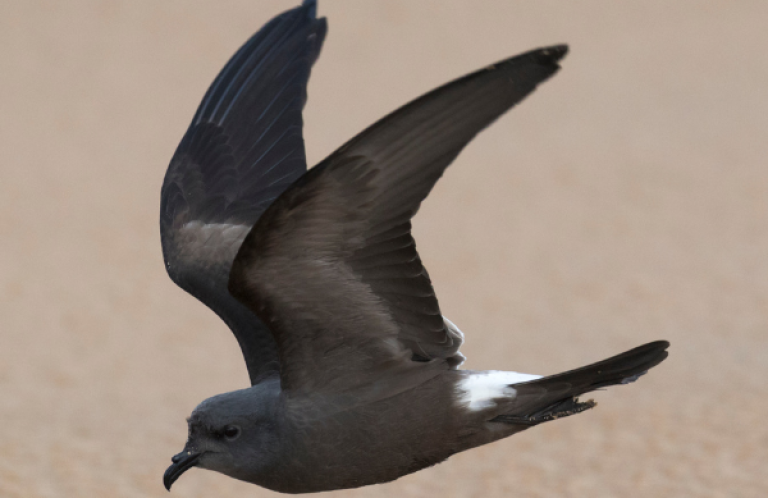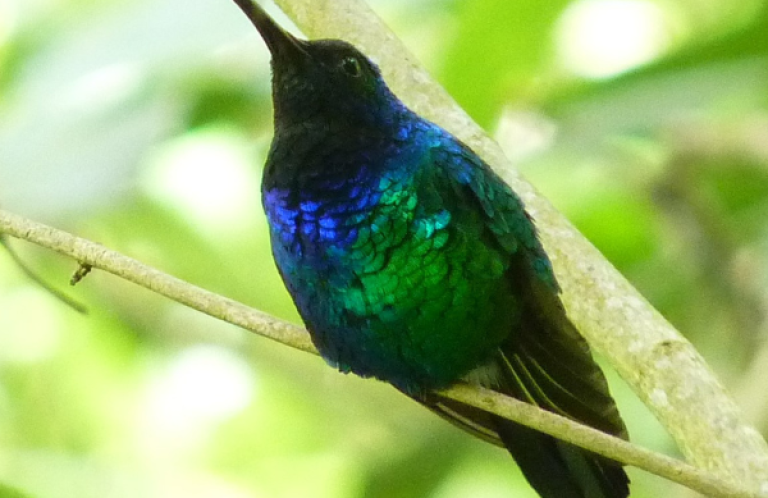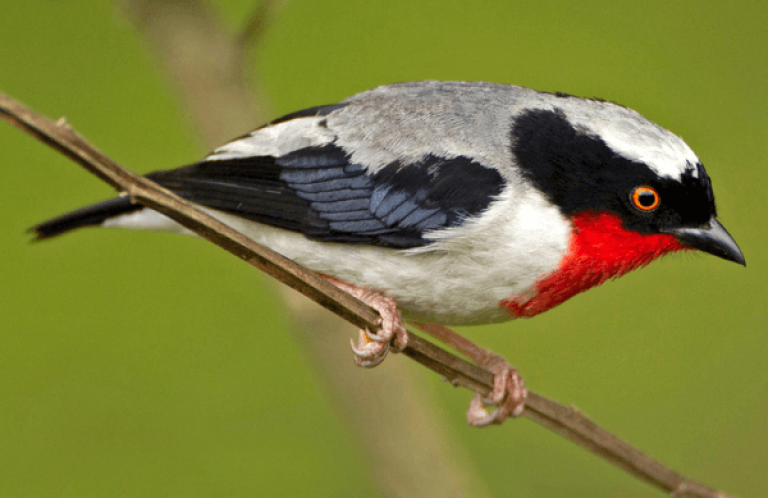U.S. Fish and Wildlife Service Proposes to List Hummingbird as Endangered
 |
| Honduran Emerald by Greg Homel, Natural Elements Productions |
(Washington, D.C., January 4, 2013) The U.S. Fish and Wildlife Service (FWS) has proposed to list as endangered the Honduran Emerald hummingbird, a species endemic to five small valleys in Honduras and whose population is estimated to be fewer than 1,500 and decreasing.
The announcement follows the completion of a species status review (also known as the 12-month finding) by FWS. The announcement seeks information and comment from the public over the next 60 days on the proposed listing for this species. The action was prompted by an October 28, 2008 petition by two hummingbird conservation organizations and others, requesting the endangered listing. While an endangered listing would draw attention to the plight of the bird and the threats it faces, the practical benefits are limited since the U.S. Endangered Species Act has no force of law beyond U.S. borders.
The proposal specifically requests comments or information from the Government of Honduras, the scientific community, or any other interested parties concerning the bird, including: information on the species' taxonomy, distribution, habitat selection (especially breeding and foraging habitats), diet, and population abundance and trends (especially current recruitment data); information on the effects of habitat loss and changing land uses on the distribution and abundance of this species and its principal food sources over the short and long term; information on whether changing climatic conditions (i.e., increasing intensity of hurricanes or drought) are affecting the species, its habitat, or its food sources; and information on the effects of other potential factors, including live capture and collection, domestic and international trade, predation by other animals, and diseases of this species or its principal food sources over the short and long term.
The most obvious factor threatening the continued survival of this species is a significant loss of habitat (90 percent) over the past approximately 100 years due to land conversion to plantations, agriculture, and cattle pastures. As of 2012, the population was estimated to be between 350 and 1,500 birds with a decreasing trend. For example, the Honduran Emerald's habitat formerly encompassed a large extent of the Aguán Valley, a once pristine plain of nearly 1,800 square miles. However, as a result of the agricultural reforms of the 1960's and 1970's ninety percent of its original habitat in that area no longer exists in its original form due to the conversion of its habitat to banana plantations and cattle pasture. Much of the Honduran Emerald's habitat is now on privately owned land and is often planted with non-native grasses for cattle foraging. Now, only a single forest remnant larger than 247 acres that is suitable for this species is known to exist in this valley.
On a positive note, the Honduran Emerald Habitat Management Area has been expanded by about 2060 acres and was reclassified as the Honduran Emerald Wildlife Refuge in 2011 by the Honduran Government. Further, between 2007 and 2008, this species was detected in five valleys of Honduras including two valleys in the Santa Barbara Department: the Quimistán Valley and Tencoa Valley where it had not been recorded since 1935.
The Honduran Emerald is one of more than 338 hummingbird species. It is a medium-sized (average length 3.7 inches) hummingbird with an iridescent green back, iridescent blue-green throat and red bill.
Comments may be submitted by one of the following methods:
- Federal eRulemaking Portal: regulations.gov. Follow the instructions for submitting comments on Docket No. FWS-R9-ES-2009-0094.
- U.S. mail or hand-delivery: Public Comments Processing, Attn: FWS-R9-ES-2009-0094, Division of Policy and Directives Management; U.S. Fish and Wildlife Service; 4401 N. Fairfax Drive, MS 2042-PDM; Arlington, VA 22203.


















































